Rainwear. You’d think some bright spark would have had a lightbulb moment about this category of outerwear usually seen as utilitarian and mostly ignored by the fashion world.Two bright Danish sparks, actually. In 2012, Daniel Brix Hesselager and Philip Lotko launched Rains, hoping it would work as a niche label. It sure did. Today, Rains has 3,000 outlets including 25 concept stores – among them, one in Melbourne Central - in 21 countries.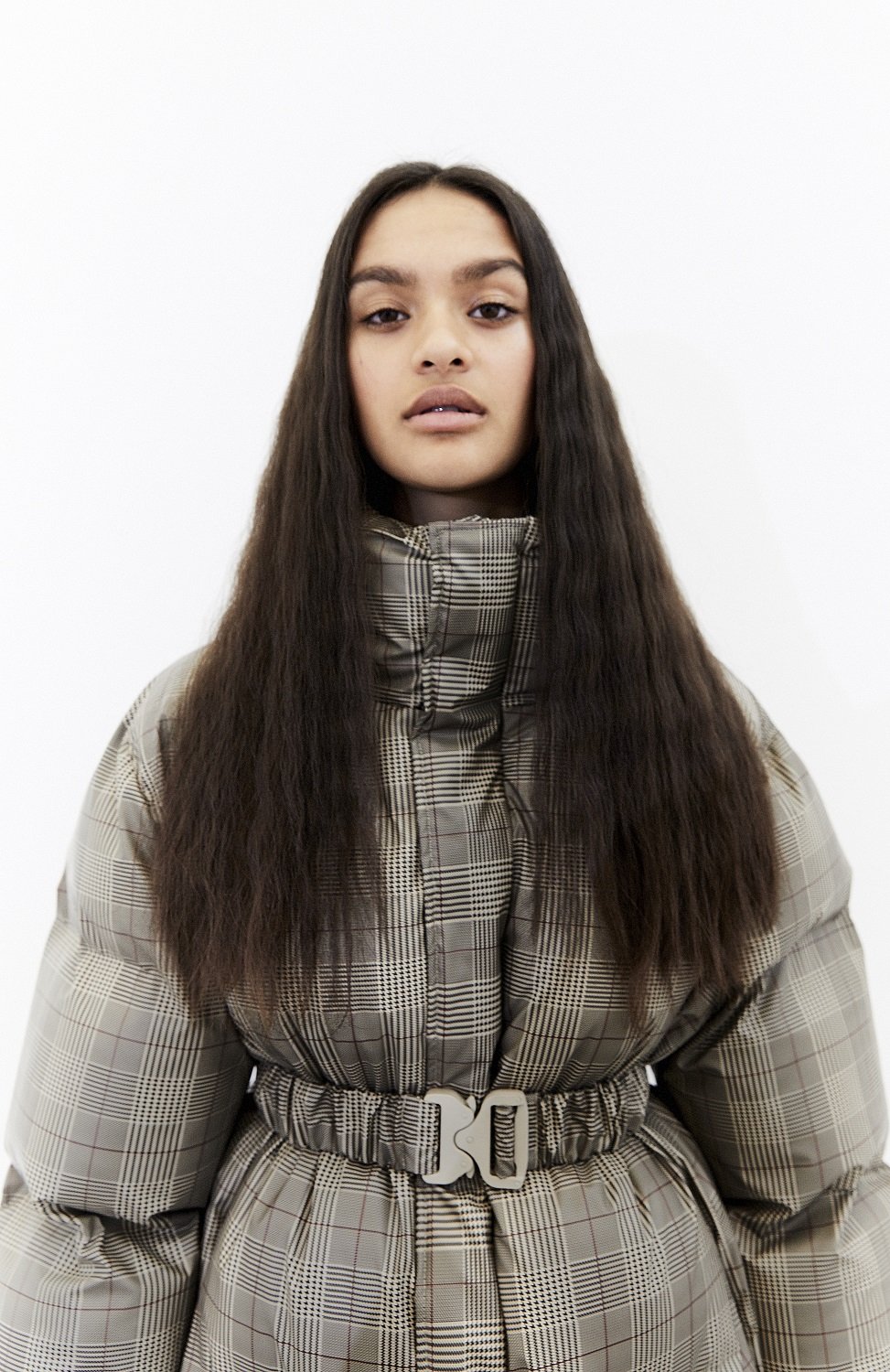 The momentum continues. “Currently, the UK is our biggest market, but we expect it will be overtaken by the US in 2020,” says 33-year-old Daniel at the company’s base in Aarhus, Denmark’s second-largest city.He was majoring in furniture design at renowned Danish design and business college, TEKO, when he and fellow student Philip Lotko – “he majored in PR” – took time out from their studies to design a poncho made from a lightweight polyurethane fabric.Initially, the idea of merging design and style with an outdoor technical product was a fascinating challenge. Then it dawned on them that they had the beginnings of a wet weather lifestyle brand.It now encompasses water-resistant outerwear including parkas, trench coats, puffer jackets and pants, plus loads of bags and accessories from hats and gloves to holders for laptops and glasses, though growing Rains took perseverance.“It took us a few years to generate income and at first, we handled design,” says Danial. “Then Rains took off and we now have a design team for our men’s and women’s ranges.”Forget the relentless frenzy of new season trends. Rains is all about that Scandinavian passion for simplicity, functionality and clean lines – the perfect accompaniments to contemporary casual fashion.The overall effect is super cool and monotones rule. Dark colours dominate, but there are also pieces in beige, olive and light grey, plus brights including yellow, tomato red and ultramarine. What you won’t find are prints.“We don’t do them,” says Daniel. “However, we do play with different matte textures which is technically more complicated, but visually appealing.”Like the clothes, the shops, including flagship stores in New York, Shanghai and most recently, London (“just near Covent Garden; a fantastic location”), have that spare, yet inviting Scandinavian appeal and further bricks and mortar outlets are planned for major cities across the globe.“Ninety per cent of our revenue comes from outside Denmark,” notes Daniel. “We definitely plan to open more stores in Australia and we’ll continue to develop our online platform. Our bags and accessories have proved tremendously popular. They now account for 50 per cent of our products.”
The momentum continues. “Currently, the UK is our biggest market, but we expect it will be overtaken by the US in 2020,” says 33-year-old Daniel at the company’s base in Aarhus, Denmark’s second-largest city.He was majoring in furniture design at renowned Danish design and business college, TEKO, when he and fellow student Philip Lotko – “he majored in PR” – took time out from their studies to design a poncho made from a lightweight polyurethane fabric.Initially, the idea of merging design and style with an outdoor technical product was a fascinating challenge. Then it dawned on them that they had the beginnings of a wet weather lifestyle brand.It now encompasses water-resistant outerwear including parkas, trench coats, puffer jackets and pants, plus loads of bags and accessories from hats and gloves to holders for laptops and glasses, though growing Rains took perseverance.“It took us a few years to generate income and at first, we handled design,” says Danial. “Then Rains took off and we now have a design team for our men’s and women’s ranges.”Forget the relentless frenzy of new season trends. Rains is all about that Scandinavian passion for simplicity, functionality and clean lines – the perfect accompaniments to contemporary casual fashion.The overall effect is super cool and monotones rule. Dark colours dominate, but there are also pieces in beige, olive and light grey, plus brights including yellow, tomato red and ultramarine. What you won’t find are prints.“We don’t do them,” says Daniel. “However, we do play with different matte textures which is technically more complicated, but visually appealing.”Like the clothes, the shops, including flagship stores in New York, Shanghai and most recently, London (“just near Covent Garden; a fantastic location”), have that spare, yet inviting Scandinavian appeal and further bricks and mortar outlets are planned for major cities across the globe.“Ninety per cent of our revenue comes from outside Denmark,” notes Daniel. “We definitely plan to open more stores in Australia and we’ll continue to develop our online platform. Our bags and accessories have proved tremendously popular. They now account for 50 per cent of our products.”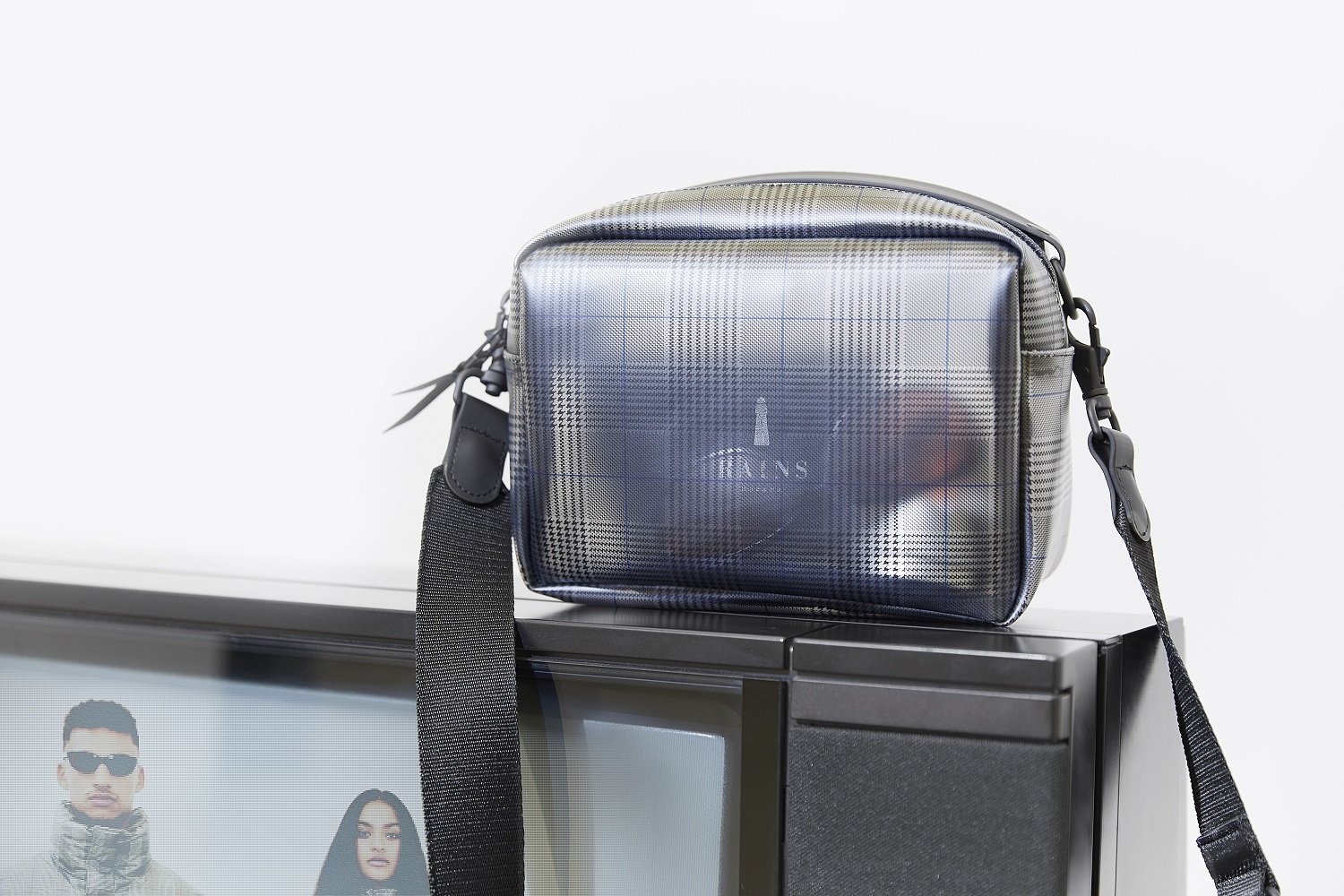 The poncho that spawned Rains wasn’t the only source of inspiration for what has grown into a formidable lifestyle brand – or even the main one, many Danes would say. The skies open regularly in Denmark, especially in Copenhagen which has an annual average of 170 rainy days.Story by Zelda Cawthorne
The poncho that spawned Rains wasn’t the only source of inspiration for what has grown into a formidable lifestyle brand – or even the main one, many Danes would say. The skies open regularly in Denmark, especially in Copenhagen which has an annual average of 170 rainy days.Story by Zelda Cawthorne
Fashion Exposed Now
Discover the Rains AW19 Check Capsule and AW19 Essentials and Accessories collections on display at Fashion Exposed, Australia’s only dedicated womenswear buying event. Registration is free and includes access local and international labels, seminars and round table sessions to help build your business. Sunday 2 – Monday 3 February 2020Royal Exhibition Building, Melbourne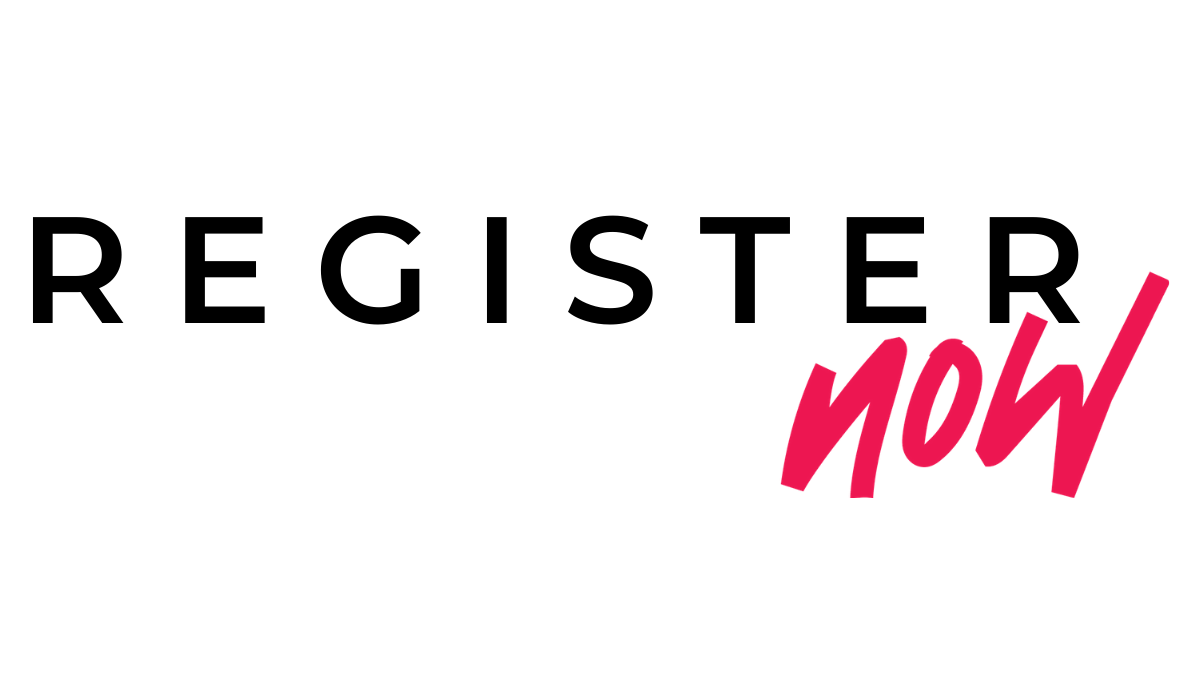



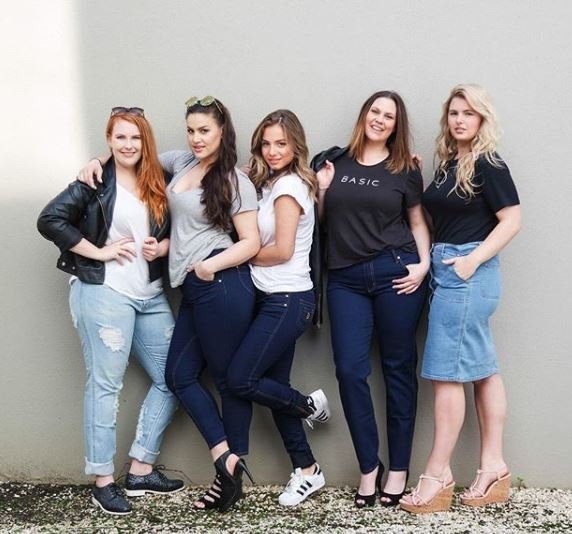 Australia’s most famous plus-size model was mortified. Men’s jeans, because nothing in her size was available? It wasn’t the only wardrobe insult meted out in that world of rail-thin bodies.“Most of the clothes chosen for my shoots were too small, so I had to wear them pinned or unzipped,” says Natalie Wakeling, recalling the early years of her modeling career.
Australia’s most famous plus-size model was mortified. Men’s jeans, because nothing in her size was available? It wasn’t the only wardrobe insult meted out in that world of rail-thin bodies.“Most of the clothes chosen for my shoots were too small, so I had to wear them pinned or unzipped,” says Natalie Wakeling, recalling the early years of her modeling career.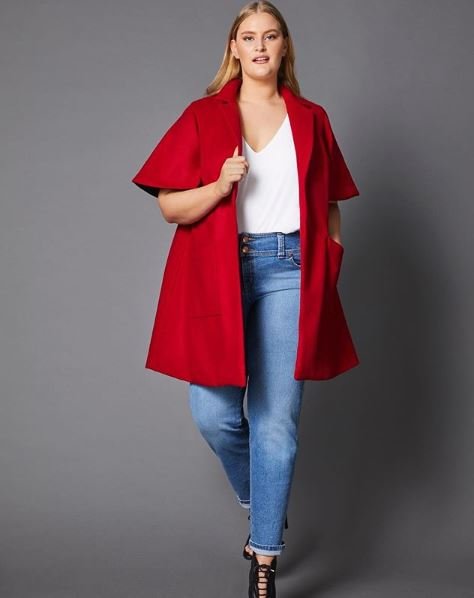 Two decades on, she is equally well-known as the founder and designer of Embody Women, the online plus-size label launched in 2006, starting with denims and now offering a comprehensive fashion range.Manufactured in Sydney and Melbourne – “not just to ensure quality control, but sustainability and fair work conditions” – Embody Women comes in sizes 8-22 and allows customers to send in their measurements so suitable styles can be recommended.Prominently featured on the label’s website are Nat’s Top Five wardrobe essentials, comprising a chic tailored skirt and linen shirt, a full-length jumpsuit and two pairs of jeans – one classic, the other sharply trendy.They underscore the Wakeling mantra: “Your size should not define your style”. Also the enigma that characterizes much of Australian designer women’s fashion.Namely, why is sizing so skewed towards thin bodies in a country where the average size is 14-16 and numerous women – including the young and trends-conscious - are more amply endowed?“It’s crazy to ignore a huge proportion of market share,” says Natalie. “If I were a venture capitalist, I’d be investing in plus-size brands.”Even crazier is the notion that a size 14-16 body is plus-size – except, of course, in the modeling industry and fashion glossies.It took two young trailblazers to break down that barrier: Natalie Wakeling, the curvaceous blonde beauty from Mudgee, NSW, who had moved to Sydney at 17 to study photography, and Mia Freedman, who was 24 when, in 1996, she became the youngest editor of Australian Cosmopolitan.
Two decades on, she is equally well-known as the founder and designer of Embody Women, the online plus-size label launched in 2006, starting with denims and now offering a comprehensive fashion range.Manufactured in Sydney and Melbourne – “not just to ensure quality control, but sustainability and fair work conditions” – Embody Women comes in sizes 8-22 and allows customers to send in their measurements so suitable styles can be recommended.Prominently featured on the label’s website are Nat’s Top Five wardrobe essentials, comprising a chic tailored skirt and linen shirt, a full-length jumpsuit and two pairs of jeans – one classic, the other sharply trendy.They underscore the Wakeling mantra: “Your size should not define your style”. Also the enigma that characterizes much of Australian designer women’s fashion.Namely, why is sizing so skewed towards thin bodies in a country where the average size is 14-16 and numerous women – including the young and trends-conscious - are more amply endowed?“It’s crazy to ignore a huge proportion of market share,” says Natalie. “If I were a venture capitalist, I’d be investing in plus-size brands.”Even crazier is the notion that a size 14-16 body is plus-size – except, of course, in the modeling industry and fashion glossies.It took two young trailblazers to break down that barrier: Natalie Wakeling, the curvaceous blonde beauty from Mudgee, NSW, who had moved to Sydney at 17 to study photography, and Mia Freedman, who was 24 when, in 1996, she became the youngest editor of Australian Cosmopolitan. In 2000, the pair created a publishing sensation. “I was 19 when Mia featured me in an eight-page fashion spread with no mention of the term ‘plus size’. This was followed up with a cover for Cosmo in 2005,” says Natalie.Buoyed by her success, Natalie flew to New York and was promptly booked by leading modeling agencies including Ford. The Americans may have loved her, but she had a husband and baby – first of her three sons – at home, so the adventure was short-lived.Still, the vibrant US plus-size market planted the seeds for Embody Women. “I did some business courses and used a government grant, to start my company,” says Natalie.She also had years of first-hand ragtrade experience. “I grew up in the back of my mother’s boutique in Mudgee – one of two boutiques she had in rural NSW – so I was immersed in fashion.”With its emphasis on flattering, classic shapes, quality fabrics and ethical manufacturing practices, Embody Women has won a strong following nationwide.Its founder has also continued modeling – “I’m now with Silver Fox Management for over-35s” – and may soon realize her dream to sell Embody Women in the world’s premier plus-size market.She is currently in negotiation with a major American department store, reveals Natalie Wakeling.- Zelda CawthorneWebsite:
In 2000, the pair created a publishing sensation. “I was 19 when Mia featured me in an eight-page fashion spread with no mention of the term ‘plus size’. This was followed up with a cover for Cosmo in 2005,” says Natalie.Buoyed by her success, Natalie flew to New York and was promptly booked by leading modeling agencies including Ford. The Americans may have loved her, but she had a husband and baby – first of her three sons – at home, so the adventure was short-lived.Still, the vibrant US plus-size market planted the seeds for Embody Women. “I did some business courses and used a government grant, to start my company,” says Natalie.She also had years of first-hand ragtrade experience. “I grew up in the back of my mother’s boutique in Mudgee – one of two boutiques she had in rural NSW – so I was immersed in fashion.”With its emphasis on flattering, classic shapes, quality fabrics and ethical manufacturing practices, Embody Women has won a strong following nationwide.Its founder has also continued modeling – “I’m now with Silver Fox Management for over-35s” – and may soon realize her dream to sell Embody Women in the world’s premier plus-size market.She is currently in negotiation with a major American department store, reveals Natalie Wakeling.- Zelda CawthorneWebsite: 
 Ever tried on a pair of pants in your favourite store, and then tried the same size on in another store where they barely do up? Yes, it happens to the best of us and it is the most infuriating experience when ‘your size’ doesn’t fit. But don’t panic – it is nothing to do with you, really.In 2008, the Australian national sizing standard for women's clothing was withdrawn after the fashion industry, federal government and consumer groups found it was dated and irrelevant, according to Standards Australia. Established in 1959, the standard was based on data from a 1926 study - almost 40 years later, it's not surprising to learn those measurements are no longer considered relevant. With huge changes in lifestyles over the years, our bodies, communities and sizes have changed with it.Since then, designers and retailers have been forced to set their own sizing standards and unfortunately, these are become increasingly different. So how can retailers regain control of sizing and ensure that sizing is accurate and actually fits the modern day woman?After hearing how the 3D body scanner and technology at
Ever tried on a pair of pants in your favourite store, and then tried the same size on in another store where they barely do up? Yes, it happens to the best of us and it is the most infuriating experience when ‘your size’ doesn’t fit. But don’t panic – it is nothing to do with you, really.In 2008, the Australian national sizing standard for women's clothing was withdrawn after the fashion industry, federal government and consumer groups found it was dated and irrelevant, according to Standards Australia. Established in 1959, the standard was based on data from a 1926 study - almost 40 years later, it's not surprising to learn those measurements are no longer considered relevant. With huge changes in lifestyles over the years, our bodies, communities and sizes have changed with it.Since then, designers and retailers have been forced to set their own sizing standards and unfortunately, these are become increasingly different. So how can retailers regain control of sizing and ensure that sizing is accurate and actually fits the modern day woman?After hearing how the 3D body scanner and technology at  Further Information The Textile and Fashion Hub offers sampling & short run manufacturing, industry relevant training courses for designers, students and small businesses as well as customised industry training and a series of workshops and events.Located in the heart of Richmond, with state of the art facilities and the latest in industry technology, the Textile and Fashion Hub is the missing link between the birth of a creative concept, and its emergence as a finished product.Industry experts are available to assist designers and businesses with their garment development and manufacturing requirements, with a series of fee for service options for knitting and printing.The Textile and Fashion Hub is the go-to for sampling, product development, industry training & short-run manufacturing.A series of courses and workshops are run throughout the year, including:
Further Information The Textile and Fashion Hub offers sampling & short run manufacturing, industry relevant training courses for designers, students and small businesses as well as customised industry training and a series of workshops and events.Located in the heart of Richmond, with state of the art facilities and the latest in industry technology, the Textile and Fashion Hub is the missing link between the birth of a creative concept, and its emergence as a finished product.Industry experts are available to assist designers and businesses with their garment development and manufacturing requirements, with a series of fee for service options for knitting and printing.The Textile and Fashion Hub is the go-to for sampling, product development, industry training & short-run manufacturing.A series of courses and workshops are run throughout the year, including:
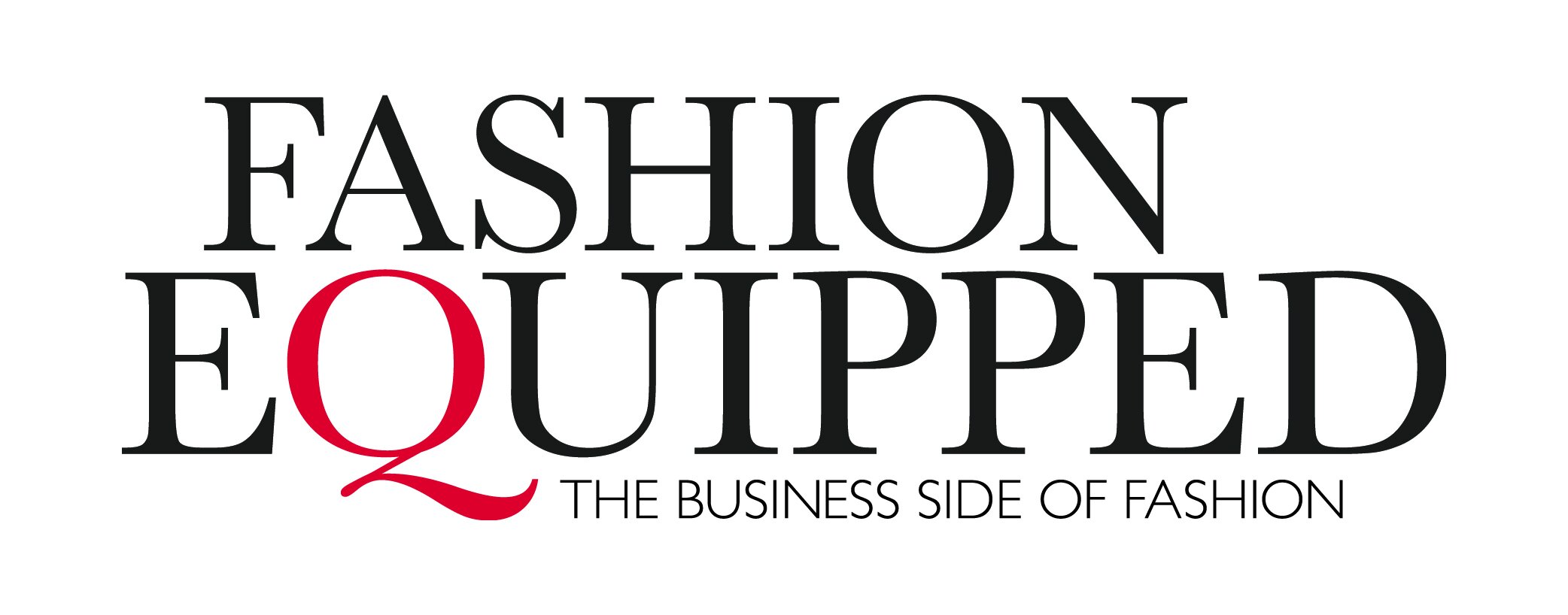
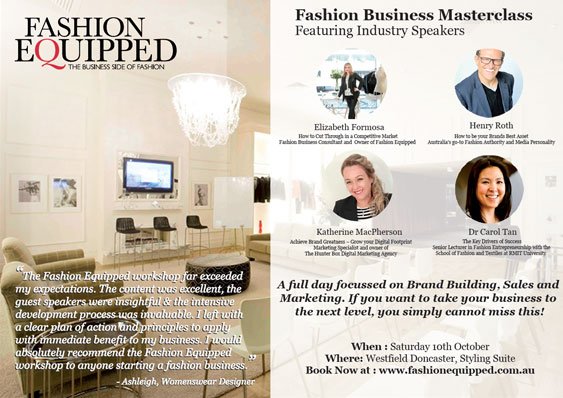
 Fashion Business ConsultantSupporting Startups, Emerging Designers and Small Business.
Fashion Business ConsultantSupporting Startups, Emerging Designers and Small Business.